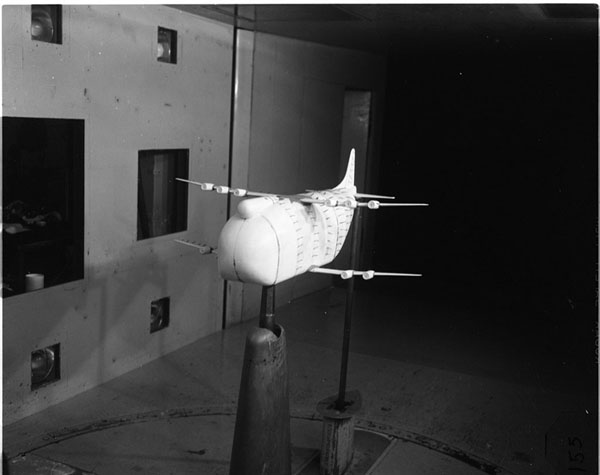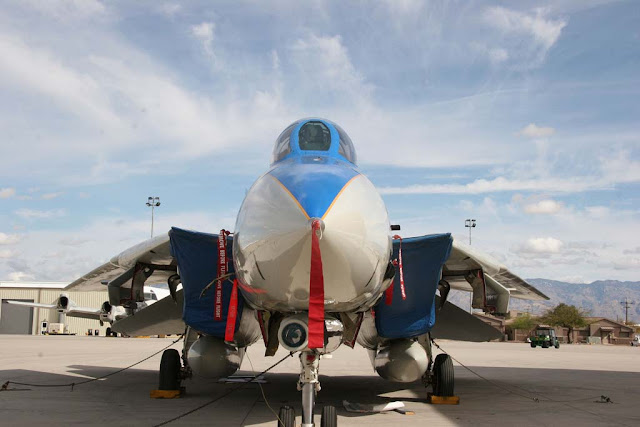 |
| 342FH-3B26914-Y1C-23-32-232-Left-Side |
The Lockheed Altair just captures that late 1920's early 1930's era of aircraft design. The rounded curves of the tail surfaces and the big NACA engine cowling top off the look. If the landing gear was fixed it would have big rounded wheel spats to accent the design.
 |
| 342FH-3B26913-Y1C-23-32-232-Left-Front-Langley-Field-19340131 |
 |
| 342FH-3B26915-Y1C-23-32-232-Left-Front |
The aircraft was powered by the Pratt & Whitney R-1340 Wasp that had a production run of over 34,000 engines that powered many contemporary aircraft including the Chance Vought O2U and O3U Corsairs and the Boeing F4B fighters.
 |
| 342FH-3B26916-Y1C-23-32-232-Left-Side |
 |
| 342FH-3B26917-Y1C-23-32-232-Left-Rear |
The Altair came about during that run of great looking and performing aircraft the Vega, Sirius,Altair and Orion from Lockheed.The Altair boasted having the first successful fully retractable landing gear.
 |
| 342FH-3B26918-Y1C-23-32-232-Front-Boling-Field-19310602 |
 |
| 342FH-3B26919-Y1C-23-32-232-Right-Front-Boling-Field-19310602 |
The aircraft was not a huge success with only a small handful of aircraft being produced or modified from Sirius airframes for a total of 11. Of that total, the US Military ended up with three of the airframes, two for the US Army Air Corps the Y1C-23 and Y1C-25 and one with the US Navy the XRO-1.
 |
| NACA_6728 |
At a maximum speed slightly over 200mph the Altair was a fast aircraft for it's time. The Navy's XRO-1 also spent some time in NACA's Langley wind tunnel. Testing included determining the aerodynamic effect of the retractable landing gear. The tests were to looked at the drag effect of the wheel openings on take off and the drag effect of the landing gear retracted. The open wheel wells were found to have a negligible effect during takeoff while retracting the landing gear reduced drag by 50%! (NACA Technical Note No. 456 March 1933)
 |
| NACA 6715 |











Comments
Post a Comment